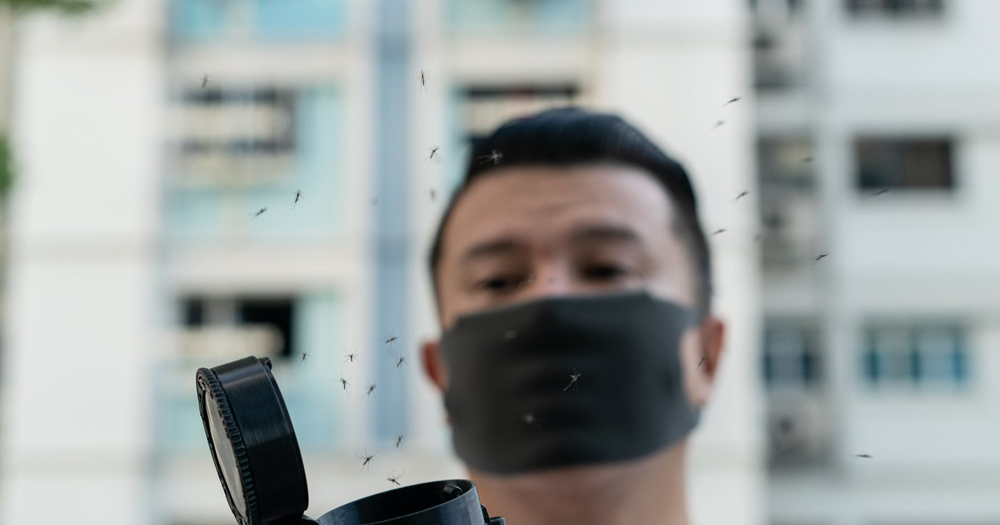Singapore may face the biggest dengue outbreak ever, the National Environment Agency (NEA) warned on June 3, 2020.
NEA issued a release warning that the number of weekly cases is expected to exceed the historical high of 891.
The 735 cases in the last week of May was the highest in more than five years.
Since Sunday, May 31, another 291 people have been infected.
There are now 176 active dengue clusters, the biggest at Woodleigh with 181 people infected.
As of 3pm on Tuesday, June 2, there has been 9,261 infections.
This is far more than double the number in 2019 for the same period.
Highest ever
The number of dengue cases this year is expected to exceed the 15,998 cases reported in 2019, and may even surpass the 22,170 cases reported in 2013, NEA said.
In the past two months, another five people have died from dengue.
There have been 12 dengue deaths in Singapore this year already.
The Ministry of Health (MOH) said the 12 people who had died after getting the mosquito-borne disease were aged between 56 and 80 years old.
Ten of them worked or resided in active dengue clusters.
A total of 20 people died of dengue in 2019.
More dengue clusters will form
More dengue clusters will form in the coming weeks to months, NEA said.
NEA said several factors have contributed to the huge increase in dengue infections.
One reason is that few people have immunity against dengue now as there is a change in the dominant dengue serotype to DenV-3, which was last dominant about 30 years ago.
There are four dengue serotypes and people are only immune against the type they have previously been infected with.
These days, mosquitoes breed more easily in the months of May to September as they are warmer.
Also, more people are staying home during this circuit breaker.
NEA said: “With a shift in human concentration from offices to homes, more people staying at home during the day also means more blood meals for the female Aedes aegypti mosquitoes, especially in residential areas where the mosquito population is also high.”
NEA added that there has been a five-fold increase in the incidence of Aedes mosquito larvae detected in homes and common corridors in residential areas during the two-month Circuit Breaker period compared to the two months prior.
Measures in place
NEA has been releasing sterile male mosquitoes at key hotspots across Singapore, so that eggs hatched by female mosquitoes they mate with would not hatch.
This will help reduce the mosquito population.
The plan is to distribute about 300,000 bottles of repellent at general practitioner clinics and polyclinics.
&feature=youtu.be
Top photo via Amy Khor
If you like what you read, follow us on Facebook, Instagram, Twitter and Telegram to get the latest updates.
